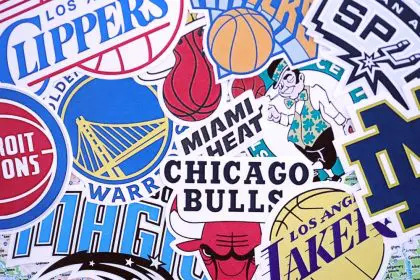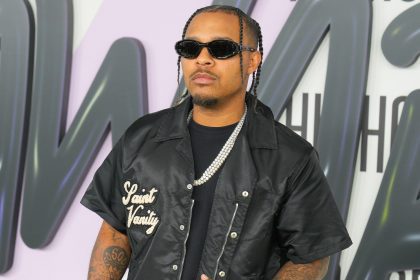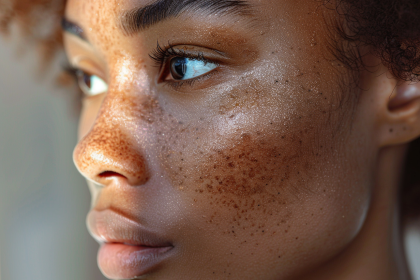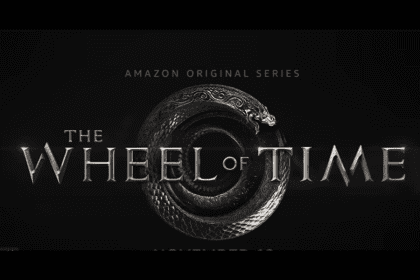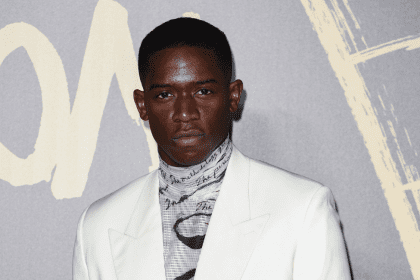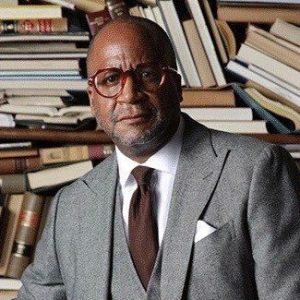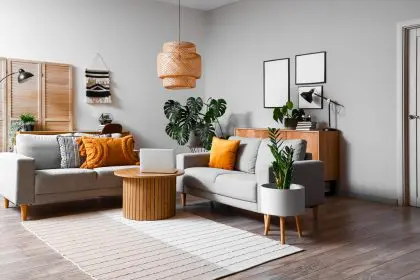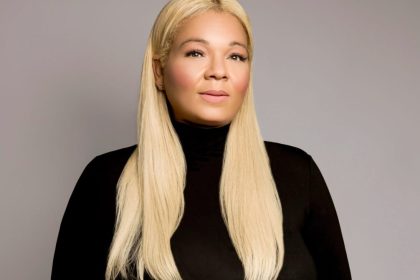In the dynamic world of sneaker design, Samantha Alvarado and Kimmiski Adams are making waves as trailblazers at adidas, leveraging their unique talents and backgrounds to reshape the industry. Alumnae of the prestigious School for Experiential Education in Design (SEED) program, these women of color have turned their passion for creativity into influential careers.
Samantha Alvarado, a graduate of the inaugural SEED class, now serves as an assistant designer for adidas’ Human Race line. Known for her innovative work, Alvarado has left her mark on the industry through her design of Pharrell’s Olympic EVO shoes and the vibrant Animal Print NMD. Her creative vision inspires her peers and the next generation of designers.
Kimmiski Adams, part of SEED’s second cohort, is an assistant designer specializing in color and materials. With a background in education, Adams has seamlessly transitioned into the design world, where her work on high-profile basketball shoes has garnered attention. Her dedication to pushing the boundaries of material design has positioned her as a rising star in the sneaker community.
In a recent interview with Munson Steed on “Design and Dialogue,” Alvarado and Adams shared their journeys, their challenges, and the importance of representation in the design industry. Their stories highlight their individual achievements and underscore the significance of programs like SEED, which provide access and opportunity to underrepresented talent in the creative world.
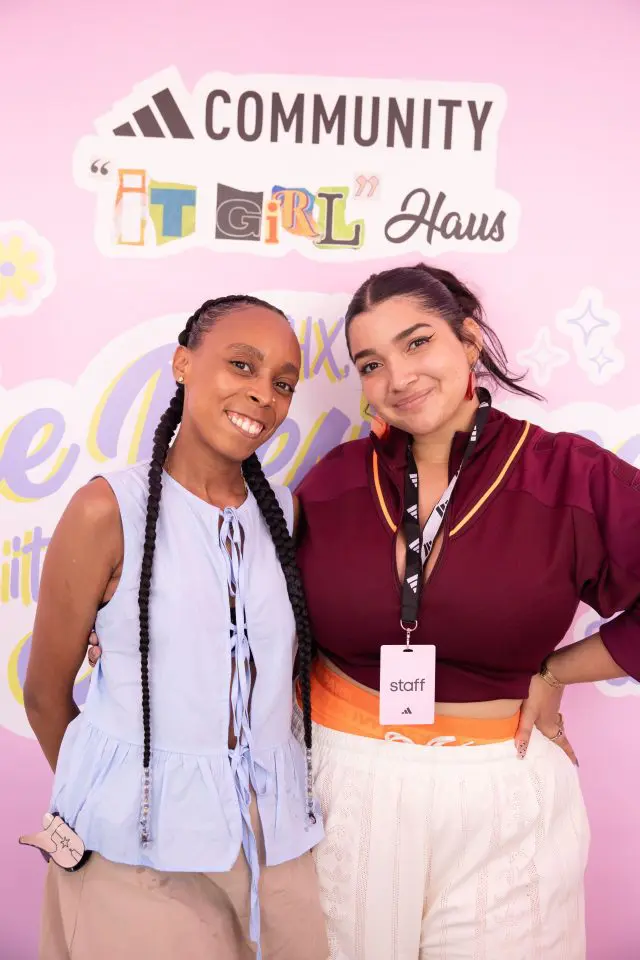
[Editor’s note: This is a truncated transcription of a longer video interview. Please see the video for the extended version. Some errors may occur.]
Samantha, what exactly do you do, and why do you love it?
Samantha Alvarado: I’ve been with Adidas for five years now, or it’s going to be five years at the end of this year. I am a designer for footwear on the partner team, CCNP. We work with all different partners, from Pharrell [Williams] to Edison Chen. Why do I love it? I think working in the partner space is really unique because this is where we have a lot of cultural moments. It’s more of a challenge for me on my day-to-day because we work with different visions, and you have to bring that vision to life. That’s a lot of fun for me, to get keywords and bring a simple word to life. I used to work on Yeezy, and he would say something, and we’d have to run with it and have free creative vision to somehow make that work. So, the unexpected day-to-day challenges really get my creative mind rolling.
Kimmiski, when working with young people who don’t know the process, what design is, or what it’s like to be a footwear designer, how do you explain what you do and how you use your imagination? What do you love about that process?
Kimmiski Adams: Before I got into design, I was a teacher. … One thing I noticed is that some people are innately born with an imagination that they can’t let go, which is kind of the hard part of being a designer because you have to be an adult. But innately, every designer that I’ve met has just not let go of their childhood dream state. It’s kind of the flow and the state that we live in. I encourage everybody. I live by the saying that “You’re not a product of your environment; you’re a product of your imagination.” That’s how I teeter on the belief that everything is possible. I’m very excited that we have more tools to help students find out about these careers in design and figure out a pathway that works for them, including the program that we came from.
Kimmiski and Samantha, highlight your experiences with SEED.
KA: Shout-out to Charisse Thornhill, [SEED’s director], who is one of the most amazing designers I’ve come across. She takes her craft and process so seriously that it just made us take it a little more seriously, other than it being an opportunity to design for Adidas. The school is a two-year program that teaches you full design. It’s footwear from scratch design. You want to make a shoe that doesn’t exist. We touched on everything from color materials to product marketing. We have products that go to market where we see the process from start to finish from a complete rookie lens. It’s one of the most amazing things I’ve experienced. I actually signed up for S.E.E.D as a joke, to be fair, and it wasn’t like a ha-ha joke, but I didn’t know if I could do it. I was teaching, and my students were applying to college. I was like, “Ha-ha, I should apply to this,” because we were already running the sneaker club and all the things.
I applied, and I ended up making it to boot camp. My students essentially were like, “There’s no point in us going to school if you’re not going to take a risk.” As an art teacher, I didn’t want to be hypocritical. I didn’t want to be one of those people who just preached to the choir and didn’t actually do the thing. So, I took my students’ advice, and four years later, I am still with the brand. I check up on them every now and then, and some of them have their own design careers. It’s been a real transition watching people actually do the things that they tell others to do, and making sure that I’m creating a line where everybody else behind me who has come from a similar situation, like changing careers in your 30s, which is a real thing, can see that we have programs that exist. Nothing is beyond your reach, and it goes back to imagination–if you really believe you can do it. I live in between reality and delusion for the most part. It’s my favorite place to live, and it’s gotten me into some incredible places like SEED.
SA: I think the SEED program…started in 2020. It’s for women of color to get into the industry where there weren’t a lot of us. So, first, Adidas and the SEED program are looking for women who aren’t being looked at. We, as women and women of color, also know that there’s a whole consumer base outside that isn’t being considered or looked at. So, I think that was a really big step for the brand to give opportunities to women of color. With that being said, I came from probably the least educational background. I did not go to college. So, for Adidas and the program to kind of be my outlet when it came to college and education, I thought that was really big for them. I don’t have a background, and I’m sitting with designers who went to school and had master’s [degrees], and so I thank [Adidas]… I am very humble.
Kimmiski, please share more about your sneaker club and what it was like transitioning from being a part of a club to designing sneakers.
KA: I was teaching art, and we already had a fashion club. A few of the students were already designing their own clothes. We were putting on fashion shows. Then I had a group of students who would talk about shoes. As a millennial, I would be like, “Do you even know what this shoe is? Do you know why it was made, the moments that made it popular to where people are paying all this money for it?” So, it started as a sneaker history sort of thing that we would do during lunch. Then it grew and grew, and more kids joined, and then we were picking up coloring pages. It went from coloring pages to brands reaching out, saying, “Hey, we’d like to do a workshop for you and your students.”
It honestly snowballed into us doing a citywide call for students who wanted to sign up, come paint some shoes, and get their creative ideas out just to get a handle on them. Looking and physically touching something and creating something from scratch that they were really proud of was a really big deal. It went from that to being able to see product in hand—the lived experience of me coming into design. I’ve always wanted to do it. I’ve always been like, “I’m going to draw my shoes and get in trouble for it.” Yes, that has always been me. But even well into my 20s, thinking about this as an actual career was not even a thing, to be fair with you. It really wasn’t until I started doing it that I realized, “Oh, I can actually do this.” Then coming into the program and meeting everybody else who comes from so many different walks of life, learning so much from the people around you, and then you get the products in hand, and you’re like, “Wow, I can really do it.” It’s kind of hard to believe it.
Samantha, what has been one of your biggest moments where you said, “Girl, you did that”?
SA: One of my favorite moments is when I was still in the SEED program, and I was 19. We had the opportunity to work on the Black Panther: Wakanda Forever movie. One of my coworkers, unfortunately, had to drop out at the last minute. She had the project, and they asked me to come in. It was for apparel design. I was learning color and footwear design, so this was completely out of my zone. But I’m such a big nerd. I love Marvel. I love comics. So, of course, I was like, “Yes.” That’s when I learned the power of “yes,” because I was just like, “I can do it.” I had a week to learn apparel design; on Monday and Tuesday [I had to] come up with ideas, sketch them, and then send them over on Friday. So, jumping straight into the project, saying yes, and learning, I was up all night, and it was worth it… The final look actually made it into the movie…. When I saw it in the movie theater, I was crying because it was just like, “Oh, you know, I’m just this random girl from Queens, and I never thought I would ever touch projects or have a creative career that has been this amazing.” So, I think that was one of my proudest moments where I was like, “Wow!”
KA: We all cried. We were all in full-blown tears, crying because their projects had made it, and it was so beautiful to see just the entire experience. They killed their collection, by the way.
SA: Shout out to the team, Elia Jackson!
Samantha, describe a collection you would create for a woman from your Queens neighborhood.
SA: I think when people think of New York and Queens, they think city, but no, I came from the remote area. You’ve got to take two buses to get to the train to get to New York. When I went back for the first time for our event last weekend, that was the first time I’d seen my neighborhood in three years. You don’t realize what you came from until you leave it, and I was like, “Wow, this is tight and small, and everyone I know is still there.” I think [the collection] would have to be something where you’ve got to believe in yourself in a serious way… I had a lot of people who did not believe in me because they didn’t… believe in themselves, so they [projected] that…
Kimmiski, what’s your biggest moment? And how have you, as a former teacher, continued to be able to give those moments to others?
KA: I think something about teaching that I realized is it’s either through experience or actual physical research that you’re able to give out this resource that someone else needs. In design, what we essentially do is make people feel confident in the things that they consume. It’s baseline, especially in sneakers. I live by the idea that the way I feel when I put on a new pair of shoes is crazy, and then to make them yourself is even crazier. So, trying to instill that same confidence—it almost puts a battery pack in your back. You’re like, “I got my new shoes; I’m this cool.” Instilling that confidence and making everyone understand what that magic feels like, whether they bought it and liked it, whether they made it by hand and introduced them to the idea that their mind is way more powerful than they think. Especially in the festival space, we get people of all ages. This past weekend, we got people saying, “I don’t really know how to do this; I’m going to need your help.” I would show them the basics, how to get it started, and then I would walk away. They’d get a little nervous, like, “How do I design this?” It’s also the challenge of trying to instill in everyone that all this is self-expression. Someone was able to connect with you as a human being, and identify a perfect form of self-expression where you want to wear it, feel your best, and feel most confident. That’s where people essentially change their lives. I hate that it boils down to “You look good, you feel good, you do better,” but that’s a real thing, and it’s part of the magic of what we do in design.

